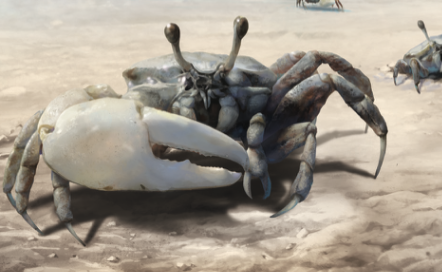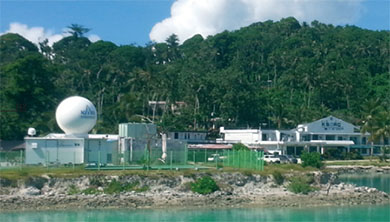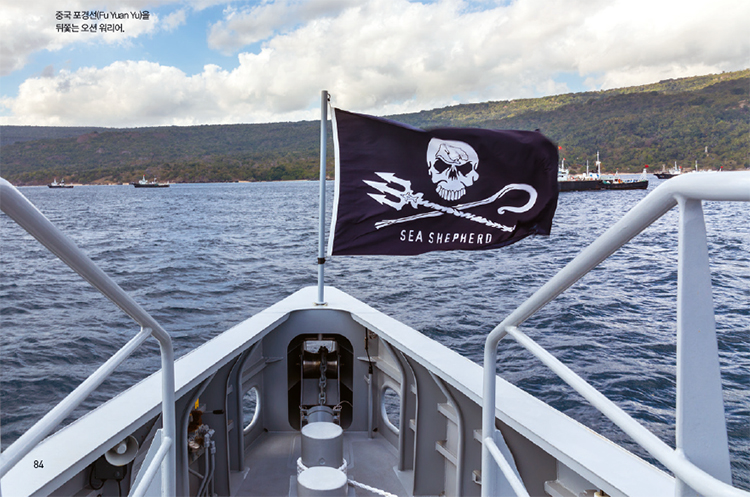
영화에서나 나올 법한 까만 바탕에 하얀 해골이 그려진 깃발을 달고 광활한 대양을 달리면서 정의를 구현하는 ‘해적선(?)’이 있다. 바로 전 세계 바다를 누비면서 고래나 상어, 바다표범 등을 무차별하게 남획하는 선박을 막는 ‘오션 워리어(Ocean Warrior)’다.
오션 워리어는 비영리 국제 해양생물보호단체인 ‘시 셰퍼드(Sea Shepherd)’가 일본 포경(捕鯨·고래잡이)선의 활동을 저지하기 위해 지난해 8월 건조했다. 길이 54m, 무게 439t(톤), 최대 속도 25노트(시속 약 46km)로 바다를 누빈다. 길이 약 130m, 무게 약 8000t, 최대 속도 약 16노트(시속 약 30km)인 일본 포경선 ‘닛신마루’에 비해 크기는 작아도 속도는 훨씬 빠르다.
시 셰퍼드 등 고래보호단체는 멸종위기에 놓인 고래를 무차별적으로 남획한다는 이유로 오랫동안 일본의 포경 활동을 반대해왔다. 2014년 국제사법재판소(ICJ)는 남극해에서 이뤄지던 일본의 고래잡이 활동을 중단하라는 판결을 내렸다. 하지만 2015년 일본은 고래 연구를 내세우며 포경을 재개했다. 일본의 대대적인 포경 활동과 고래 멸종의 상관관계에 대해서는 양측의 의견이 첨예하게 엇갈린다.
“밍크고래 멸종위기 아냐” vs. “자료 부족일 뿐 멸종위기 제외 아냐“
세계자연보전연맹(IUCN)은 종별 개체수와 분포지역, 분포 정도 등을 고려해 2~5년마다 ‘멸종위기 등급’을 발표한다. 멸종위기 등급은 총 9단계로 나뉜다. 이 가운데 절멸(extinct), 야생절멸(extinct in the wild), 위급(critically endangered), 위기(endangered), 취약(vulnerable) 등 상위 5개 단계에 속한 생물을 멸종위기 종으로 규정한다.
IUCN에 따르면 현재 전 세계 바다에 서식하는 고래는 87종이며, 이 가운데 멸종위기 종은 15종이다. 손호선 국립수산과학원 동해수산연구소 고래연구센터 연구관은 “일본 포경선이 주로 포획하는 종은 밍크고래”라며 “밍크고래는 전 세계에 약 20만 마리가 서식할 만큼 개체수가 많아 멸종위기 등급 최하 단계인 안정(least concern)에 속한다”고 말했다.
9단계 등급 가운데 전문가들이 개체 수에 대해 조사한 적이 없는 미평가(not evaluated)와, 자료가 부족해 정확히 결론을 내리기 어려운 자료부족(data deficient)을 제외하면 안정은 멸종 가능성이 가장 낮은 등급이다.
시 셰퍼드의 생각은 다르다. 헤더 스팀러 시 셰퍼드 홍보책임자는 과학동아와의 e메일 인터뷰에서 “일본 포경선이 가장 많이 잡는 남극 밍크고래는 IUCN의 분류 기준에서 자료부족 종에 속한다”며 “자료부족 종은 개체 수에 대한 자료가 부족하다는 뜻이지 멸종위기 종에서 제외됐다는 뜻은 아니다”라고 강조했다.
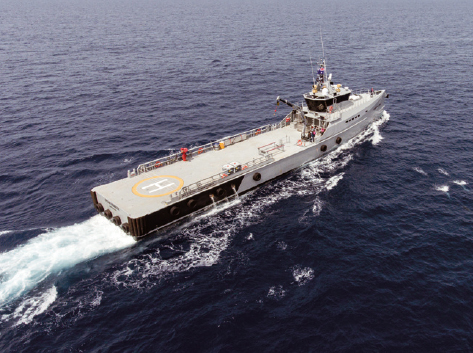
손 연구관은 “국제포경위원회(IWC)에 따르면 일본 포경선단은 매년 약 500마리의 고래를 잡고 있으며, 이 중 남극 밍크고래는 매년 300마리 이상이 포함된다”고 말했다. 그는 “IWC는 남극 밍크고래 개체수를 51만~72만 마리로 추정한다”며 “전체 개체수에서 300마리는 0.06% 정도인 만큼 멸종위기를 이유로 비난하기는 어렵다”고 설명했다. 그는 “고래에 작살을 꽂는 행위 등을 잔인하다고 규정해 고래잡이 자체를 비난할 수는 있다”고 덧붙였다.
시 셰퍼드가 오션 워리어를 이용해 포경선에 물리적인 폭력을 행사한다는 비판도 있다. 포경선에 화염병이나 신호탄을 던지고, 포경선을 직접 들이받아 인명을 위협하는 등 평화적인 활동과는 거리가 멀다는 것이다. 이에 대해 스팀러 홍보책임자는 “올해 8월 일본은 북태평양에서의 포경 계획을 40% 늘렸고, 남극해의 포경 구역도 2배 넓혔다”며 “오히려 일본 포경선이 인공위성으로 오션 워리어의 위치를 실시간으로 감시하고 있어 당분간 포경선 추적 작업이 힘들 것 같다”고 반박했다.
시 셰퍼드는 과학동아에 그간 일본의 포경 활동을 막기 위해 오션 워리어가 어떤 활동을 벌여왔는지 3페이지에 이르는 장문의 글을 보내왔다. 지면 사정상 원문을 축약해 독자들에게 소개한다.
Defending the Oceans: Sea Shepherd’s Ocean Warrior
Written by Heather Stimmler, Media Director at Sea Shepherd Global
Photo by Sea Shepherd Global | edited by Jeong ah RHEE
“If the oceans die, we die.” says Captain Paul Watson, who founded the marine conservation organization Sea Shepherd in 1977 to defend, conserve and protect ocean habitats and marine wildlife. Sea Shepherd might be most widely known, however, for their Antarctic Whale Defense campaigns in the Southern Ocean, where Captain Watson and his volunteer crew have been fighting to stop the Japanese whaling fleet’s illegal slaughter since 2002.
To date, Sea Shepherd’s campaigns have resulted in saving over 5000 whales by using ships to interfere with the hunt and prevent the Japanese fleet from meeting their annual self-allocated quota of 50 fin whales, 50 humpback whales, and 935 minke whales.
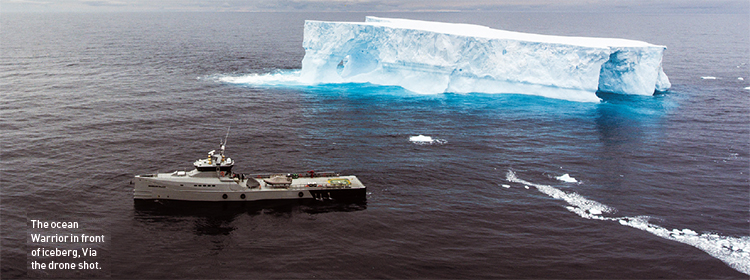
The next year Japan’s whalers introduced a new ‘scientific’ program to kill 4000 minke whales over a period of 12 years, yet this was also rejected by the Scientific Committee of The International Whaling Commission(IWC).
Despite these international legal rulings and public outcry, no governments were willing to stop the Japanese fleet from returning to the Southern Ocean Whale Sanctuary in 2016. So, once again, Sea Shepherd returned for the 11th Whale Defense Campaign, Operation Nemesis, named for the Greek goddess of inescapable justice, from December 2016 through March 2017.
New high-speed ship against Japan whalers
Sea Shepherd has had many vessels over the past four decades of direct-action campaigns on the high seas. Destined to confront the Japanese whaling fleet in Antarctica, the Ocean Warrior was built for speed and energy efficiency, with a powerful water cannon and four powerful, hybrid engines.
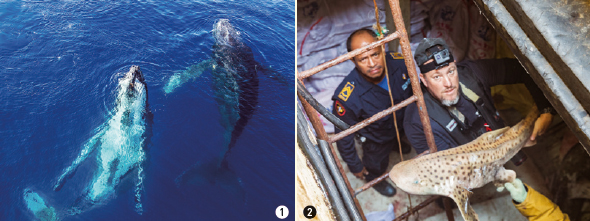
Knowing Sea Shepherd continuously prevented them from reaching their quota, in 2016 the Japanese whaling fleet doubled the size of their hunting grounds and lowered their kill target to 333 minke whales. Kept on the run by the Ocean Warrior and the Steve Irwin all season, the Japanese fleet took the entire four months to reach even that newly-reduced quota.
“After we found one of the harpoon ships, the Yushin Maru 2 actively whaling, we spent two days keeping them from killing whales before evading them to continue our hunt for the whale poachers’ factory whaling vessel, the Nisshin Maru,” said Captain Adam Meyerson of the Ocean Warrior.
“Finding the harpoon ships is a mixed blessing, it lets you know the fleet is near, which is a huge relief, but now the real prize, the marine slaughterhouse that is the Nisshin Maru knows where you are and it will never be found. The harpoon ship will relay your position to the rest of the fleet and they will simply move to another area.”
Because the seas have no boundaries, Sea Shepherd’s campaigns take place around the world to ensure that the whales we save in Antarctica don’t die as by-catch in illegal driftnets in the Indian Ocean, or that sharks swimming in protected waters in the Galapagos don’t end up in soup bowls in China. Even when national laws, international agreements, marine protected areas and wildlife sanctuaries exist, there is little to no enforcement on the high seas, far from public view and authorities’ reach.
Today Sea Shepherd’s fleet goes wherever we are needed and where we can make a difference, increasingly working in partnership with national governments to help protect their coastal waters from IUU(Illegal, Unreported and Unregulated fishing).







